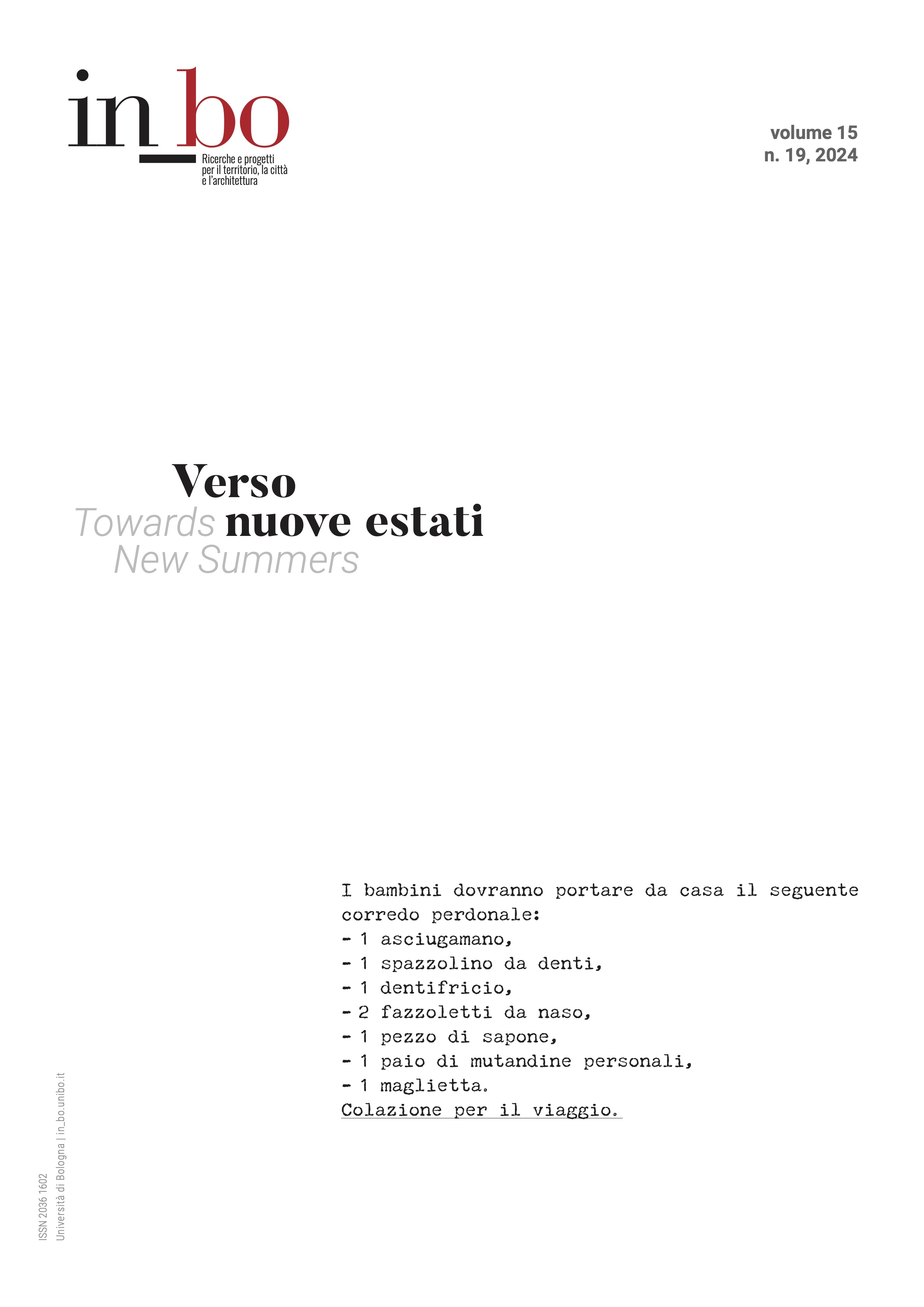An Architecture for New Education: Roland Schweitzer’s Summer Camps (1958–74)
DOI:
https://doi.org/10.6092/issn.2036-1602/16524Keywords:
Roland Schweitzer, holiday camps for children, new education, tourism, FranceAbstract
Educated at the crossroads of various influences – Japanese architecture, vernacular European architecture, and the Modern Movement – Roland Schweitzer (1925–2018) traced a distinctive path in the French architectural scene. He is considered today as a precursor for a form of sensitive contemporary architecture that remains connected with the environment. Schweitzer sought to achieve a certain syncretism between contemporary and traditional form. Throughout his professional life, the humanist dimension of his approach founded its full expression in buildings with a social vocation. From the beginning of his career in 1954, the architect established fruitful relationships with popular education organizations. This proximity led to numerous projects and achievements – youth hostels, summer camps, family holiday centers – as well as long-term architectural research on these specific types of social tourism infrastructures. This paper focuses on the summer camps built in France by Schweitzer between 1958 and 1974. The analysis of the emblematic projects – especially the Cieux and Ballan-Miré holiday camps – allows us to understand how, thanks to a dialogue with the project sponsors and potential users of the site, the architect developed typologies and, more generally, an architectural language that was as close as possible to the uses and the users, educators and children, and enables to evaluate how architecture participated in the popular education projects linked to the New Education movement.
Downloads
Published
How to Cite
Issue
Section
License
Copyright (c) 2024 Éléonore Marantz

This work is licensed under a Creative Commons Attribution-NonCommercial 4.0 International License.





